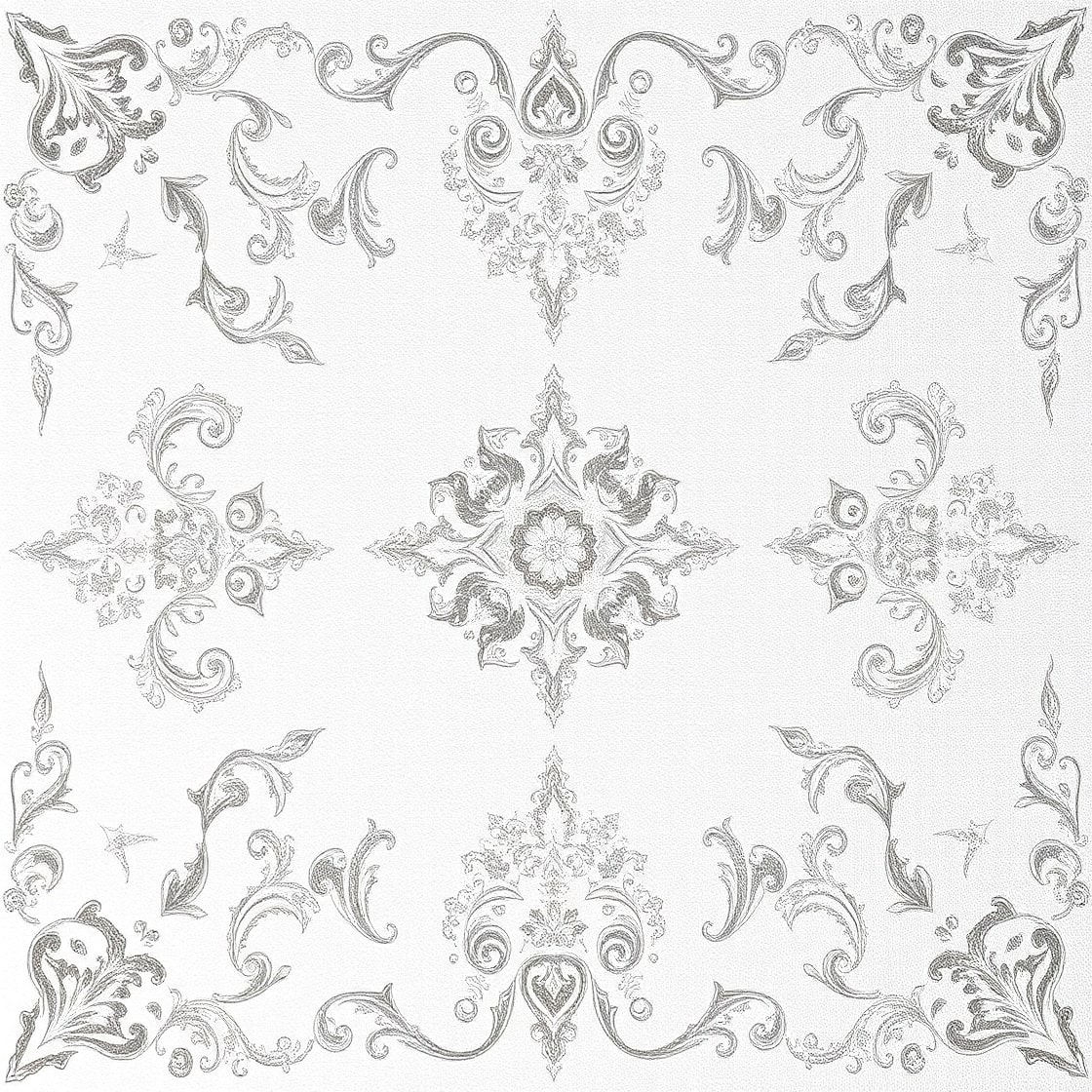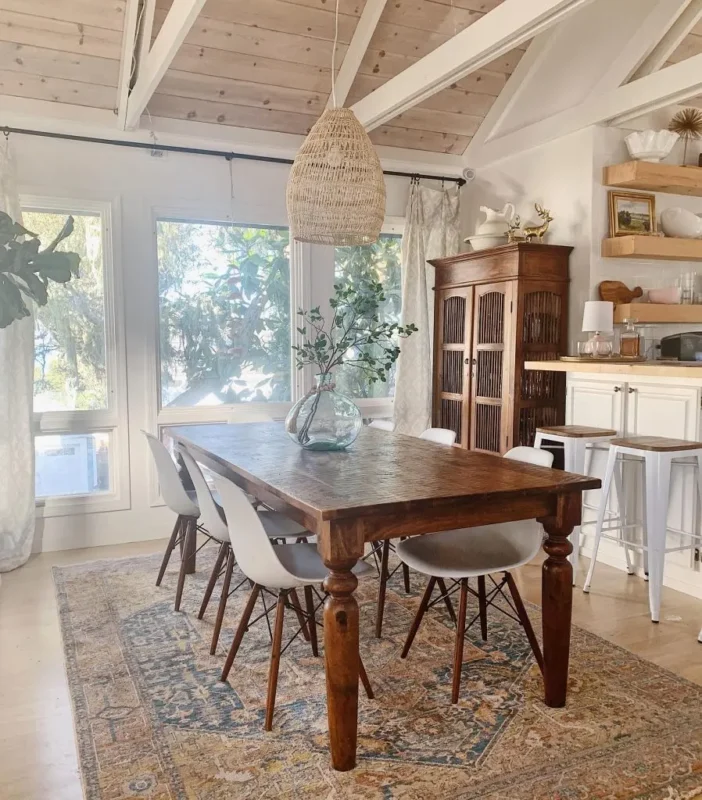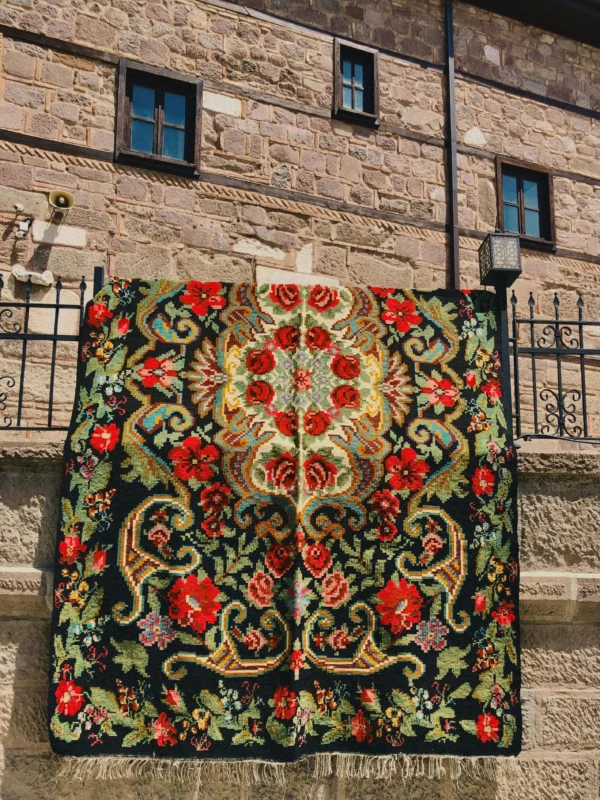The History of Oriental Rugs: A Journey Through Time
Introduction to Oriental Rugs
Oriental rugs are more than just decorative floor coverings—they are timeless works of art woven with culture, history, and tradition. For centuries, these rugs have symbolized craftsmanship and heritage, passing from one generation to another. Understanding the history of Oriental rugs means discovering stories of ancient civilizations, nomadic tribes, and artistic traditions that shaped their patterns and designs. At Shabahang Rugs, we believe knowing when to restore your rug and when it may be time to replace it is essential for preserving both its beauty and value.
Early Beginnings of Rug Weaving
The history of rug weaving dates back thousands of years. The earliest known example is the Pazyryk carpet, discovered in a Siberian burial mound and believed to be over 2,500 years old. This remarkable piece shows that rug weaving was already an advanced art form in ancient times.
In early civilizations across Persia, Turkey, and Central Asia, rugs were woven not just for beauty but also for practical use. They offered warmth, protection, and comfort for nomadic tribes who lived in tents, while their intricate designs reflected cultural identity.
The Golden Age of Persian and Oriental Rugs
During the Safavid Dynasty in Persia (16th–18th century), rug weaving reached its peak. This era is often referred to as the golden age of Persian carpets. Kings and noble families commissioned master weavers to create rugs with breathtaking patterns using natural dyes and silk threads.
These rugs were not just household items but also diplomatic gifts, traded across Europe and Asia. Many examples from this period still exist in museums, admired for their craftsmanship and enduring beauty.
Regional Influences and Styles
Oriental rugs are not defined by one single style—they reflect the culture of the region where they were made.
Persian Rugs
Known for intricate floral motifs, medallion designs, and fine knotting techniques.
Turkish Rugs
Famous for bold geometric shapes and strong colors, often reflecting tribal traditions.
Caucasian Rugs
Characterized by symbolic motifs, such as animals, stars, and crosses, each carrying cultural meaning.
Chinese Rugs
Recognized for symbolic imagery, including dragons and lotus flowers, representing prosperity and peace.
Each style tells a different story, making Oriental rugs a diverse and fascinating art form.
Oriental Rugs in Modern Homes
Though their history is ancient, Oriental rugs remain just as relevant today. Homeowners and collectors value them for their beauty, durability, and cultural significance. Modern designers often use Oriental rugs to add character and warmth to contemporary spaces, blending tradition with modern aesthetics.
Many families also treasure Oriental rugs as heirlooms, passing them down through generations. This continuity keeps the legacy of rug weaving alive, even in today’s fast-paced world.
Conclusion: A Living Legacy
The journey of Oriental rugs is one of resilience, artistry, and tradition. From ancient nomadic tribes to royal courts and modern homes, these rugs have always carried stories within their knots and patterns. Owning an Oriental rug is not just about style—it is about preserving history and celebrating the craftsmanship of generations past.
Related Posts
Best Rug Cleaning Tips to Maintain Your Handmade Rugs
-
Posted by
 Ans Iqbal
Ans Iqbal - 0 comments
The Art of Hand-Knotted Rugs: What Makes Them Unique
-
Posted by
 Ans Iqbal
Ans Iqbal - 0 comments
Wool vs. Silk Rugs: Which One Should You Buy?
-
Posted by
 Ans Iqbal
Ans Iqbal - 0 comments
How to Choose the Perfect Rug Size for Your Room
-
Posted by
 Ans Iqbal
Ans Iqbal - 0 comments
Why DIY Rug Cleaning Can Cost You More: Common Mistakes to Avoid
-
Posted by
 dan
dan - 0 comments
Top 5 Common Rug Cleaning Mistakes
-
Posted by
 dan
dan - 0 comments
Welcome to Shabahang Rugs: Your Destination for Fine Persian & Handmade Carpets
-
Posted by
 dan
dan - 0 comments


